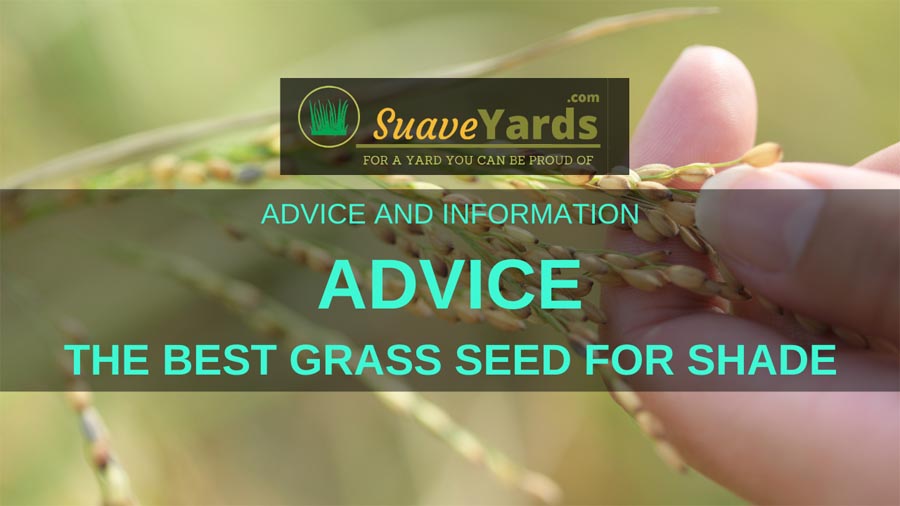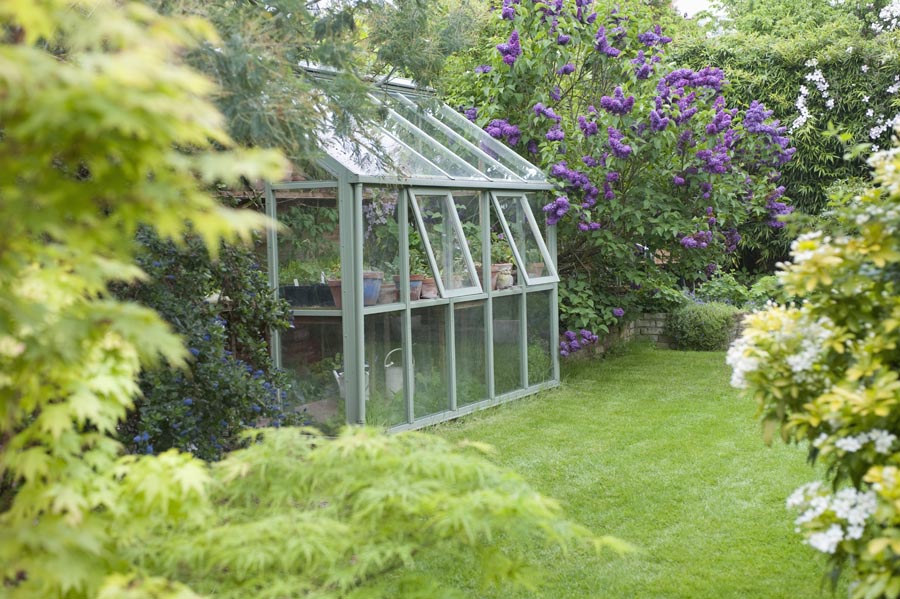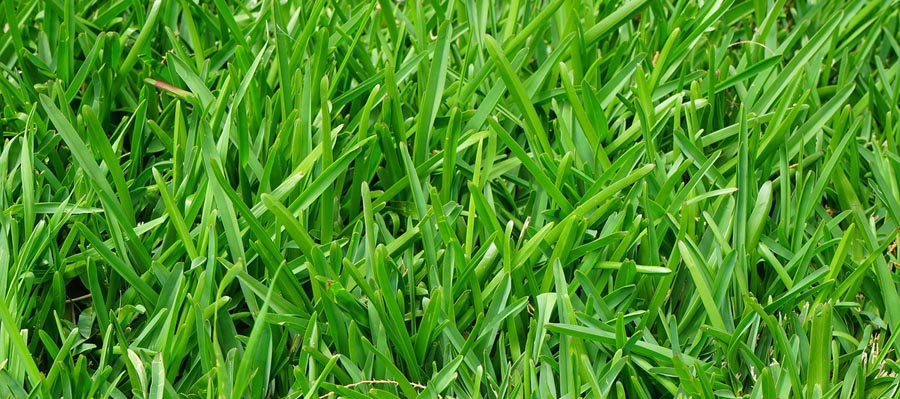
Shade is one of the challenges in growing a green blanket of grass in the yard. Good thing there are grass seeds that would thrive in the shade.
What’s the best grass seed for shade? Continue reading to find out.
What is the Best Grass Seed for Shade?
There are several grass seeds that thrive in shady areas. Carpet grass and centipede grass are both low maintenance and have a tolerance to cold temperatures. Other good options include poa bluegrass, red creeping fescue, St. Augustine and zoysia grass.
The Challenge of Growing in Shady Areas
Even young children know that any plant would need sun and water to thrive. If there are only two things that plants would need, they would be these two important natural resources.
That means that shady areas would be challenging if you want to grow lush grass.
You see
If you want to have a lawn, it should be lush and green and thick. You should be able to walk on it barefoot, as if you are walking on a carpet.
Children should be able to roll around on the grass like it’s the best thing in the world. Families should be able to sit down on it and bond and have a beautiful picnic together.
Look
It just wouldn’t be the same if your lawn is spotted with soil from where the grass didn’t grow densely.
It wouldn’t look good and it wouldn’t feel good.
Remember
Grass isn’t just a decorative plant. There are actually many benefits to having a lawn at home.

Here are some of them:
- It’s a place where people can have a picnic or just hang out.
- Grass has environmental benefits, too, like trapping carbon dioxide making the air much cleaner.
- Grass also improves soil structure.
- The lawn will reduce noise pollution.
- Just like any other plants, grass will also absorb some runoff water.
However
You can’t maximize these benefits if your grass does not grow healthy and lush.
Having a healthy and lush lawn is going to be a tall order when you have a shady area.
Okay, that’s not necessarily true!
Just because you have a lot of trees at home that provide good shade doesn’t mean that your dream of having a great green carpet at home should be dashed.
Sure, shade is going to be challenging as it will prevent light from the sun from reaching the grass seeds.
On the other hand
Shade will make the soil retain too much moisture, which is not always good for the plants.
Now, as the grass continues to grow, the blades will stretch themselves in order to get a touch of sunlight. That would cause the grass to grow thin and weak.
What’s the solution?
Nope! Don’t cut those trees. Trees are very important in terms of providing oxygen, absorbing carbon dioxide and runoff water, and providing shade, among others.
The solution is quite simple: Find grass seeds that would thrive in the shade. They exist!
Most grasses would love the full sunlight exposure, but there are some that are fine with just partial sunlight.
Here’s what you need to do:
Look for varieties of grass that can tolerate shade and would thrive despite the lack of sunlight.
However, just because the grass variety you choose can thrive with the shade doesn’t mean that you should just leave it like that.
Fact:
Shade-tolerant grass still needs light, so you have to make sure they get that. How? By pruning the plants that provide shade.
Trim the trees and shrubs to open up an area where sunlight can go in.
Moreover
You need to increase the mowing height. This will allow grass blades to have better reach for the sunlight.
Another thing, you need to restore soil balance. The soil will get unbalanced under the shade, which will lead to weeds creeping in.
Lastly
You have to reduce lawn traffic since grass under shade grows less strong compared to their counterparts that enjoy a generous amount of sunlight.
Now that you have those pieces of information, it’s time to figure out the best grass seed for shade. We have a few options for you.

Best Grass Seeds for Shade
While these grass types could tolerate shade, remember that no plant can survive without light. These grass seeds can thrive under the shade but you still have to make sure that they get light.
With that said, here are the best shade-tolerant grass seeds:
1. Carpet grass

This is a warm-season grass that propagates through creeping stolons. The name itself is already attractive and screams LAWN.
That’s exactly what you want in a lawn–some sort of carpet that you could walk on barefoot.
Unfortunately
This type of carpet grass is not as dense as most turf grasses, but that’s fine. It will still look gorgeous when it grows healthy.
The best part about this grass is that it can thrive in shady areas when a lot of lawn grasses don’t.
You know what else?
It can even thrive in areas with low fertility. This type of grass is low maintenance and that always helps especially when you are busy and don’t have enough time to babysit (plantsit?) your lawn.
2. Centipede grass

This is a popular lawn grass because it is low maintenance. You can do the bare minimum and still expect healthy grass.
Although, like most plants that are germinating, you have to pay attention the first few weeks of planting centipede grass seeds.
Here’s the deal
Centipede grass is really a warm-season grass type. However, it does have high tolerance for shade and can even tolerate cold temperatures.
It’s low-maintenance requirements also make it ideal in shady areas. Further, it has a shallow root system. This means that it doesn’t do good during drought.
3. Poa bluegrass

Many call this type of grass the best one for high shade. Part of the reason for that is because poa bluegrass is actually a weed, which basically means it is resilient.
This weed also has tall tasseled seed stalks, which would be good in terms of getting sunlight. The main blades don’t have to stress too much to get soaked in the light.
Listen to this:
This weed multiplies easily because it produces hundreds of seeds per season. Even when you cut the tall stalks, poa bluegrass will still produce many seeds.
It thrives during cool weather, so having shade in the heat of summer will only be an advantage to your lawn.
4. Red creeping fescue

Don’t let the name fool you, this type of grass has an emerald green hue.
This is a cool-season perennial lawn grass. The fact that it is a cool season grass should tell you that it doesn’t need a lot of sunlight.
It also enjoys moist soil, which is exactly what you will get when you have a lot of shade in your yard.
Plus!
There are actually a number of advantages to having red creeping fescue at home. For one, it is drought tolerant as soon as its roots have been established.
It also grows quickly, which means you don’t have to wait long for the long roots to be established.
Red creeping fescue also has fine blades. It is a popular grass type to landscape difficult areas.
5. St. Augustine

This is a popular grass for pastures. It is also popular as a home lawn because it provides a dense growth, which is beautiful and practical.
It can accommodate moderate foot traffic, which means you and the family can enjoy various games and activities on the lawn–just not every day.
You can still enjoy that dense growth even in shady areas, which is why St. Augustine is quite popular in homes with lots of trees and shrubs.
In addition
This is a warm-season grass. While it can survive with minimal light, this is actually a high-maintenance grass.
You need to fertilize the grass regularly and keep it at three to four inches in height. Keep it higher to maximize growth in the shade.
6. Zoysia

This is one of the more popular grasses for the lawn. It’s popular because it is low-maintenance and tough.
Zoysia can withstand heavy foot traffic and can survive drought. It also produces a dense lawn that is just gorgeous to look at and fine to touch.
Check this out:
Zoysia is really a warm-season grass, but it is tolerant of the cold. This means that if it grows in shaded areas, then it will be perfectly fine.
It also doesn’t need a lot of water for maintenance, although it would need a sufficient amount while it is germinating.
Summary
If you have a lot of trees and shrubs at home, don’t think that it would be impossible for you to have lush and dense lawn.
It’s a matter of finding the best grass seed for shade. It’s also a good thing that we have a list for you of six types of grass that would thrive in shady areas. Trees, shrubs, and grass should be able to grow together and complement each other and not compete with attention from the light.
However, it should be noted that just because some grasses grow well in shady areas doesn’t mean that you have to be okay with the light not reaching them. Nope! You have to find a way for light to still penetrate the lawn.
Useful Resources
- Laws in Shade – Royal Horticultural Society
- Tips for Growing Grass in Shady Areas – Gardening Know How
- How to Grow Grass in the Shade – DIY Network

